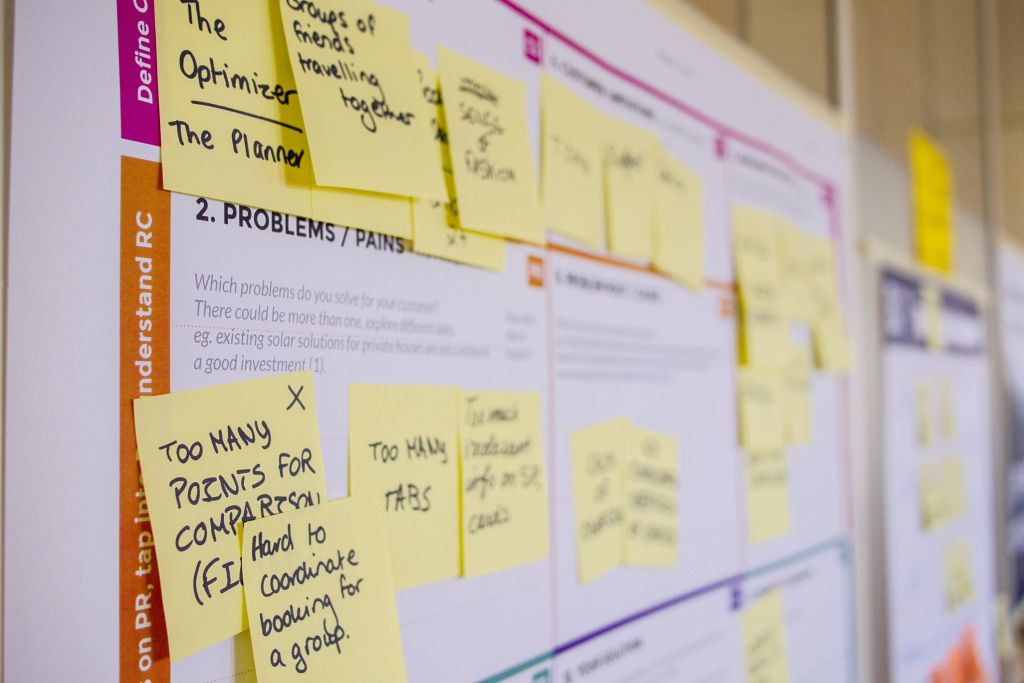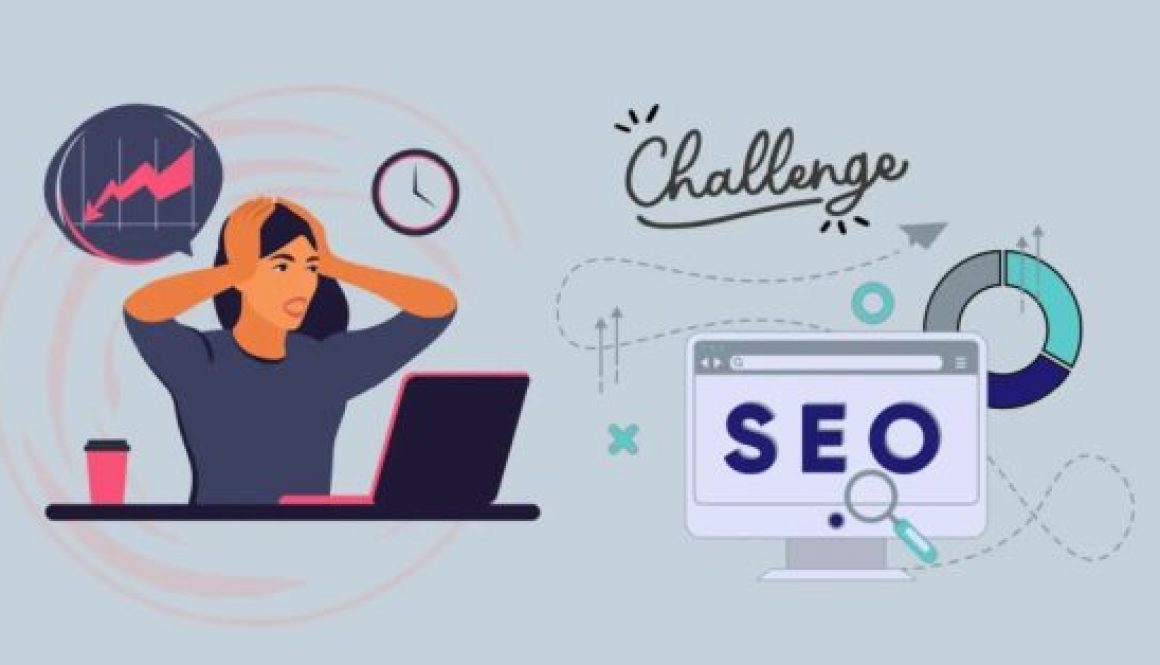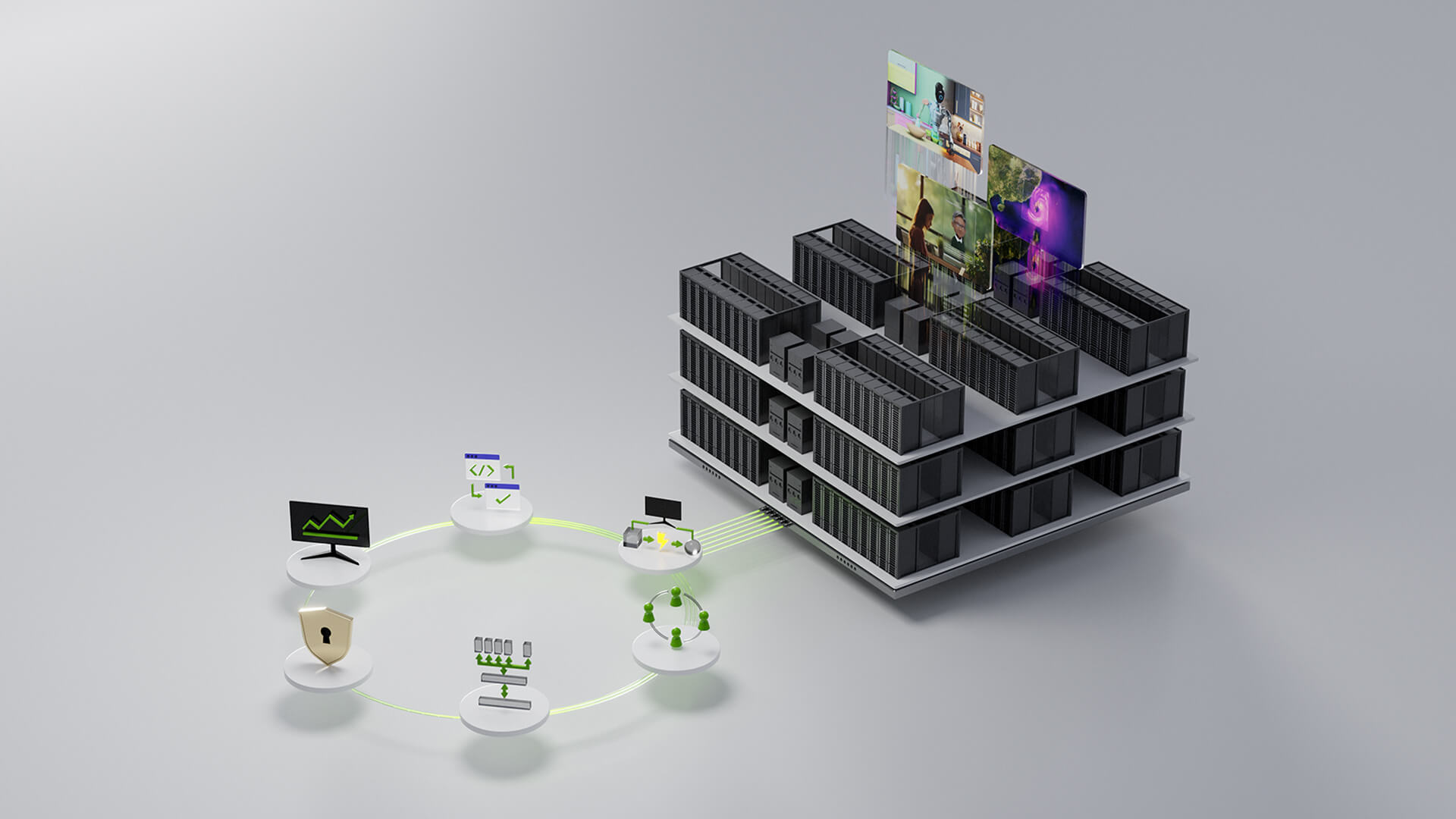The SEO Challenges Behind Every Thriving Online Shop
tulsawebdesigncompany Blog Crawlability, Schema
Running a successful online shop takes more than great products and sleek design. It requires mastering the invisible art of SEO. Behind every thriving e-commerce store lies a complex network of optimization tasks that decide how easily customers can find you. From technical performance and site architecture to unique product descriptions and content management, each choice directly affects visibility and conversions. As competition grows stronger, understanding the main SEO challenges becomes essential for sustainable growth. This guide explores the most common issues online stores face and offers practical ways to improve ranking, user experience, and long-term success.
Optimizing SEO for Niche Products
When promoting niche apparel like Dark Humor T-Shirts, it is essential to combine creativity with precise SEO strategy. These products attract a specific audience that values edgy, witty, and provocative designs, so your keyword targeting should reflect that personality. Include variations such as “funny dark humor t-shirts,” “offensive humor shirts,” or “sarcastic graphic tees” in titles, meta descriptions, and product copy. Each page should feature original descriptions that highlight the joke, tone, and cultural reference behind the design. Add structured data for products and reviews to boost visibility in search results. Optimize all product images with descriptive file names and alt text including the main keyword. Internal links to related categories like “funny t-shirts” or “statement apparel” will improve topical relevance. Encourage buyers to share photos and feedback to increase authenticity and engagement. With consistent optimization, your dark humor shirts can stand out and attract customers who enjoy bold and unapologetic humor.
Site Structure and Crawlability Issues
A clear and logical site structure helps search engines understand how your online shop is organized. When pages are buried too deep or linked inconsistently, crawlers may struggle to find and index them properly. Each important page should be reachable within a few clicks from the homepage, and internal linking must guide both users and bots through key categories. Use descriptive URLs and make sure your XML sitemap is clean and regularly updated. Avoid orphan pages and ensure that every product page connects to a parent category. A well-structured site not only improves navigation and user experience but also boosts indexing efficiency. Regular audits with crawl tools can reveal blocked resources, redirect chains, and unnecessary parameters that confuse bots. By maintaining a clear hierarchy, you help search engines interpret your content accurately and improve the visibility of your entire store.
Duplicate Content Across Product Pages
Duplicate content is a common problem in e-commerce, especially when similar products share near-identical descriptions. This can dilute ranking signals and make it harder for search engines to determine which page to show in results. To fix this, write unique content for every product whenever possible. Use canonical tags to guide crawlers toward the preferred version of a page and prevent duplicates from competing against each other. Avoid copying manufacturer descriptions, as they are often used across multiple sites and offer no original value. Dynamic filters or search parameters can also create duplicate URLs, so use proper indexing controls and consistent URL formats. A well-managed content structure helps search engines index your pages correctly while maintaining strong topical relevance across your catalog.

Slow Loading Speed and Core Web Vitals
Website speed directly affects both user satisfaction and ranking potential. Slow-loading pages lead to higher bounce rates and lost conversions, especially on mobile devices. Optimizing your Core Web Vitals should be a top priority. Compress large images without sacrificing quality, minimize unused scripts, and implement lazy loading for media-heavy pages. Choose a reliable hosting provider and enable caching to reduce server response times. Review how third-party plugins or tracking scripts impact load performance and remove any unnecessary ones. Tools like Google PageSpeed Insights can help identify the exact elements slowing your site down. Even small improvements in load time can lead to better engagement and more sales. A fast, responsive site signals quality to both users and search engines, helping your online store perform at its full potential.
Missing or Weak Product Schema Markup
Product schema markup helps search engines understand what your page is about and display richer information in search results. Without it, your listings might not show key details such as price, availability, ratings, or reviews, which can reduce click-through rates. Implement structured data following Google’s Product schema guidelines for every item in your catalog. Include essential fields like product name, description, SKU, brand, and price. If your site supports customer reviews, mark them up correctly to qualify for rich results. Check your schema with the Rich Results Test tool to ensure it is error-free. Avoid incomplete or duplicate markup, as this can cause confusion for crawlers. When properly used, product schema can make your listings appear more professional and trustworthy while helping search engines interpret your data accurately. Strong structured markup is a simple but powerful way to increase visibility, attract more organic clicks, and enhance user experience.
Conclusion
Optimizing an online shop for search engines requires attention to both technical structure and content quality. From crawlability and duplicate content to speed and schema markup, every detail contributes to better visibility and stronger user engagement. Regular audits, consistent optimization, and a clear content strategy ensure that your store stays competitive in search results. By addressing these key SEO challenges, you create a faster, more reliable, and user-friendly shopping experience that drives lasting growth and builds trust with customers.





















